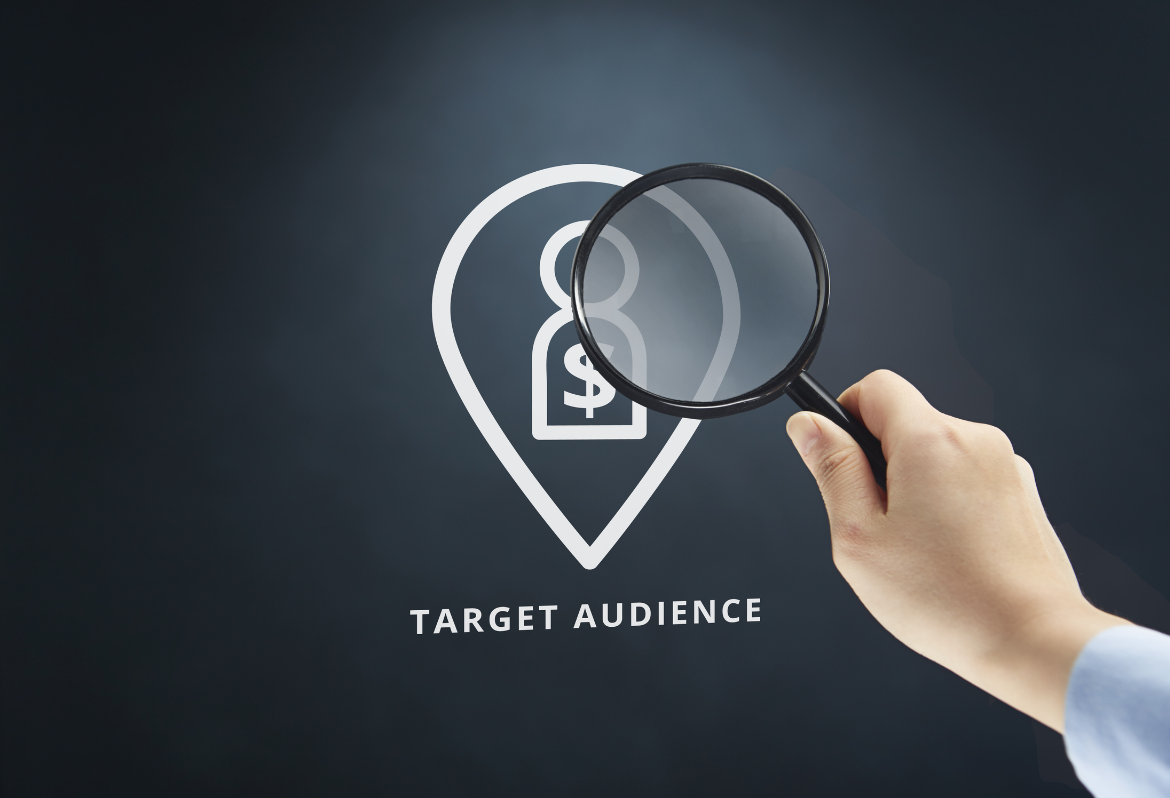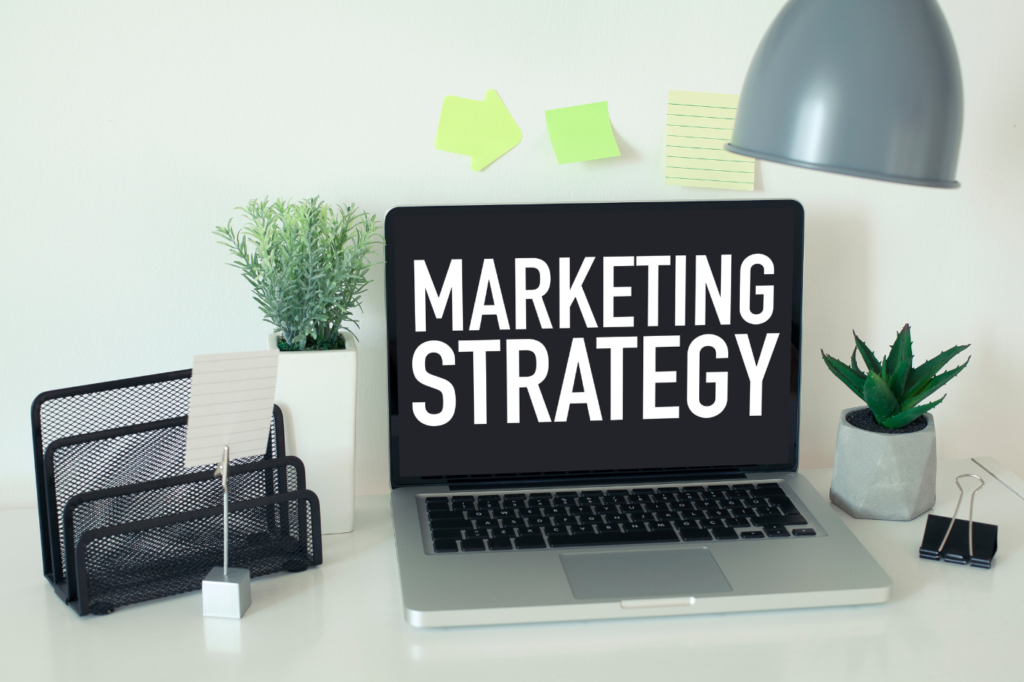Finding and targeting your ideal audience is a crucial step in promoting your business effectively. Here are steps to help you identify and reach your target audience:
- Market Research:
- Conduct thorough market research to understand your industry, competitors, and trends.
- Identify your competitors’ target audience and what marketing strategies they are using.
- Define Your Ideal Customer:
- Create a detailed buyer persona that represents your ideal customer. Include demographics (age, gender, location), psychographics (interests, values, behavior), pain points, and goals.
- Consider both primary and secondary target audiences, if applicable.
- Analyze Your Current Customers:
- If you already have customers, analyze their data to identify common characteristics.
- Determine which customers are the most profitable and satisfied with your products or services.
- Segmentation:
- Segment your audience into smaller groups based on shared characteristics. This allows you to tailor your marketing messages.
- Segmentation can be done based on demographics, psychographics, behavior, or purchase history.
- Keyword Research:
- Use keyword research tools to find relevant keywords and phrases related to your business. This can help you understand what people are searching for online.
- Social Media Insights:
- If you’re active on social media, utilize platform insights and analytics to understand the demographics and interests of your current followers.
- Surveys and Feedback:
- Collect feedback from your existing customers through surveys, reviews, and direct communication. This can provide valuable insights.
- Competitor Analysis:
- Study your competitors’ customer bases and identify gaps or opportunities they may have missed.
- Test and Refine:
- Launch targeted marketing campaigns to specific segments of your audience.
- Analyze the performance of these campaigns and adjust your strategy based on the results.
- Create Tailored Content:
- Develop content that speaks directly to the needs and interests of your target audience.
- Use the language and tone that resonate with them.
- Leverage Social Media Advertising:
- Platforms like Facebook, Instagram, and LinkedIn offer advanced targeting options to reach specific demographics and interests.
- Email Marketing:
- Build and segment your email list to send personalized messages to different groups within your audience.
- Collaborations and Partnerships:
- Partner with businesses or influencers that have a similar target audience.
- Monitor and Adapt:
- Continuously monitor the performance of your marketing efforts.
- Be willing to adapt your strategies based on changing audience preferences or market dynamics.
- Customer Feedback Loop:
- Maintain an open channel for customer feedback and use it to improve your products or services.
Remember that your target audience may evolve over time, so it’s essential to stay agile and adjust your marketing strategies accordingly. Regularly review and refine your approach to ensure that you are effectively reaching and engaging with your ideal customers.





What do you think?
Strive to design environments with clarity in mind: Clear instructions, a logical layout, and control over the pace of interactions can all contribute to a more manageable cognitive load.
As designers and developers venture into these new domains, carrying the principles of accessibility forward should be about more than just compliance with guidelines, but rather championing a spirit of inclusivity.